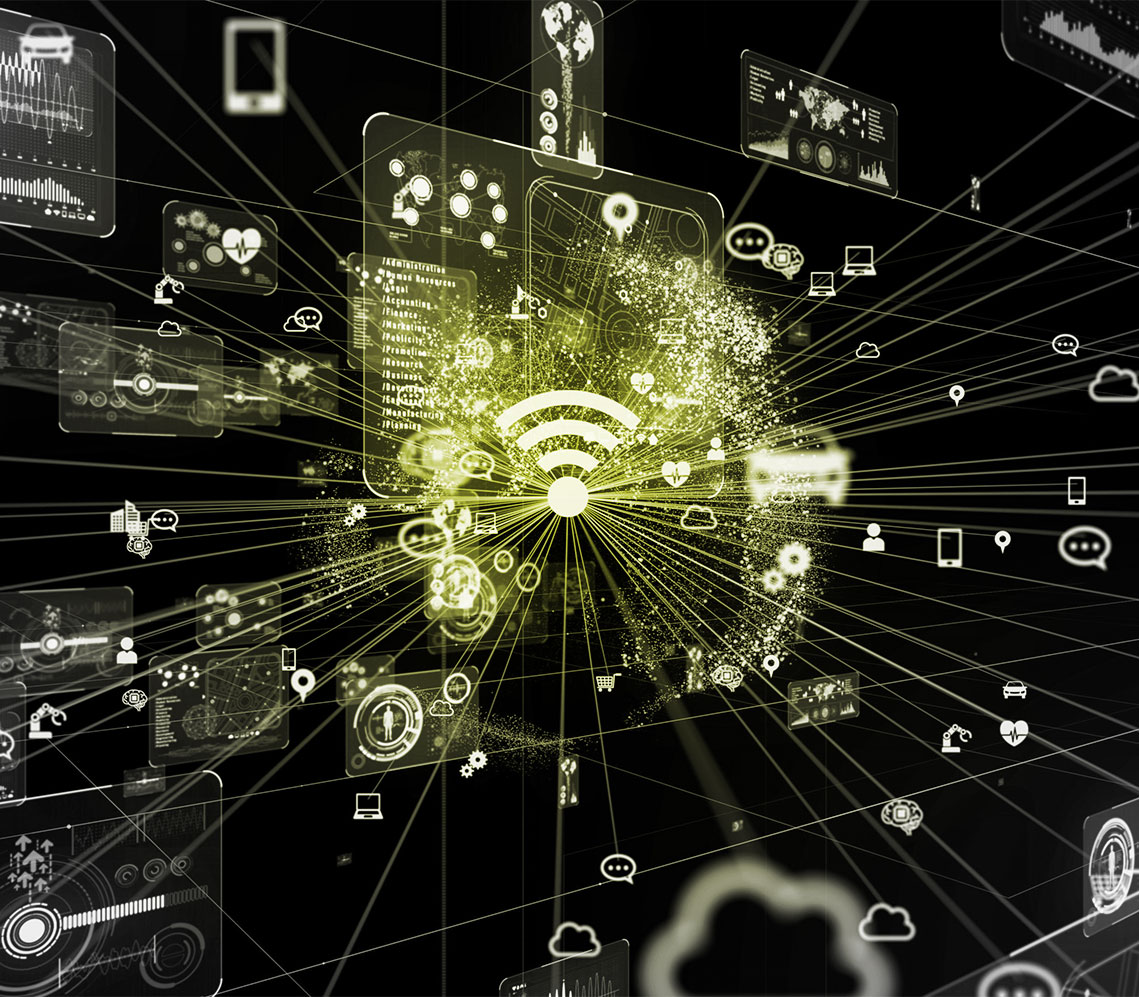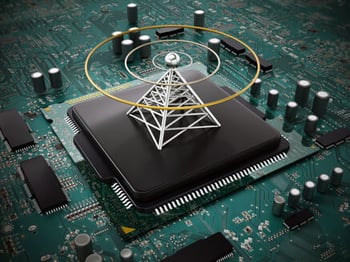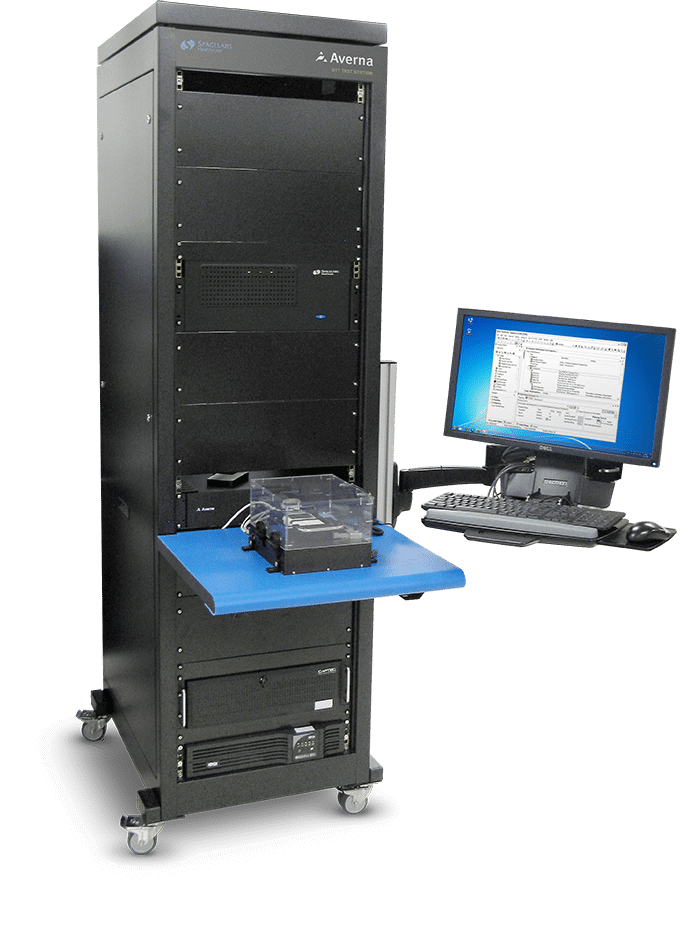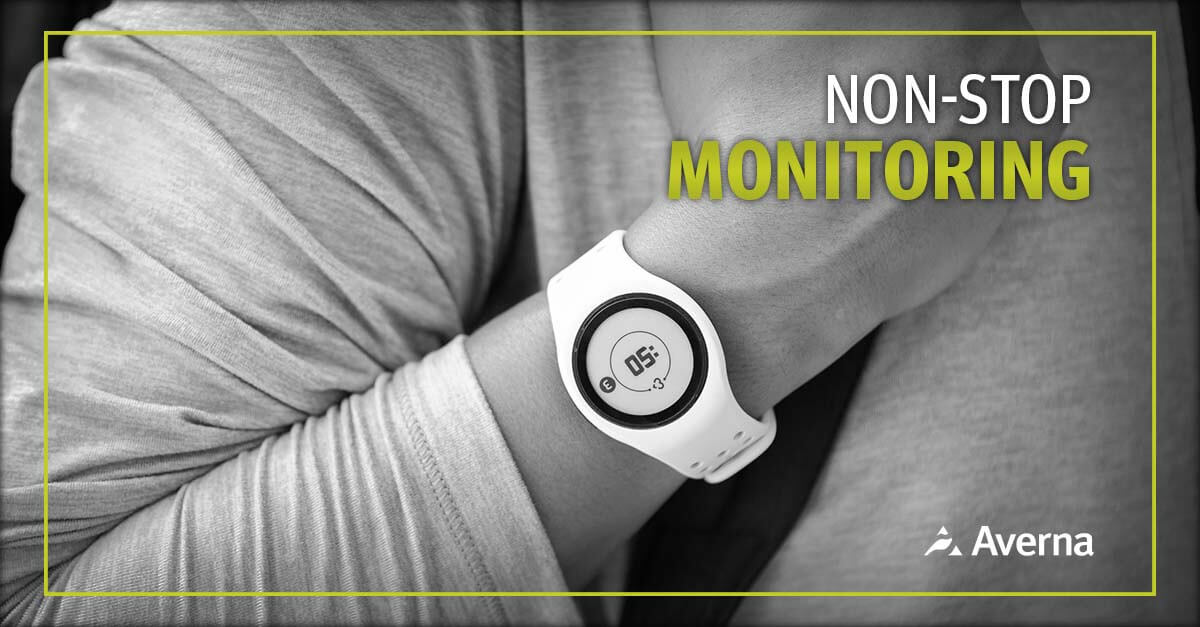
Bluetooth technology offers a comprehensive range of solutions to address the continually growing demands for wireless connectivity.
Bluetooth is best suited for high-data-rate applications with less stringent power constraints, while Bluetooth Low Energy excels in low-power, intermittent data transmission applications where energy efficiency and long battery life are paramount.
The choice between the two depends on the specific requirements of the device or application in question.
Bluetooth and Bluetooth Low Energy (BLE) are both wireless communication technologies, which serve different purposes and have distinct characteristics.
Notable differences include:
Power Consumption: The most significant difference between Bluetooth and BLE is power consumption. Bluetooth is designed for continuous data streaming and consumes more power. In contrast, BLE is designed for low-power applications and is optimized for energy efficiency, making it ideal for devices with limited power sources.
Data Rate: Bluetooth offers higher data transfer rates, which is suitable for applications requiring real-time data, like audio or video streaming. BLE, on the other hand, provides lower data rates but is sufficient for transmitting small packets of data periodically, such as sensor readings.
Range: Bluetooth typically has a longer range compared to BLE. Bluetooth can cover distances up to 100 meters, while BLE typically operates within a range of 10 to 30 meters. The shorter range of BLE contributes to its power efficiency.
Use Cases: Bluetooth is commonly used in applications like headphones, speakers, and file sharing between devices. With its power consumption and high data rate, it is ideal for reliable audio or video streaming. BLE is prevalent in low-power devices such as fitness trackers, smartwatches, healthcare sensors, and home automation devices, where energy efficiency is crucial.
Compatibility: Bluetooth and BLE are not directly compatible with each other. However, many modern smartphones and devices are equipped with both Bluetooth and BLE capabilities, providing flexibility for various applications.

Bluetooth Low-Energy
(BLE) Tester
Our system is a low profile, small footprint instrument to verify Bluetooth Low Energy 5.2 and backwards comparability to V4.0.
This system performs end of line (EOL) functional tests as well as parametric measurement capabilities.
The DTM (Direct Test Mode) is used to allow testing the PHY by controlling the DUT to send and receiving test packet sequences. It skips the host stack and communicates directly with the PHY via UART or USB/Serial communication.
BLE tester can perform fundamental RF PHY tests including:
- Transmitter tests
- Output power
- In-band emissions
- Carrier frequency offset and drift
- Receiver tests
- Receiver sensitivity
- PER report integrity
- Blocking performance
- Maximum input signal level
Fully Tested Products Regardless of Shape or Size
Case Study: Find out how we helped Empatica test their revolutionary wearable device, allowing them to reach their goals.
Quality should Always come First:
Find out More
Brochure: Find out how 25+ years of medical test experience accelerates development, production and meeting compliance.



